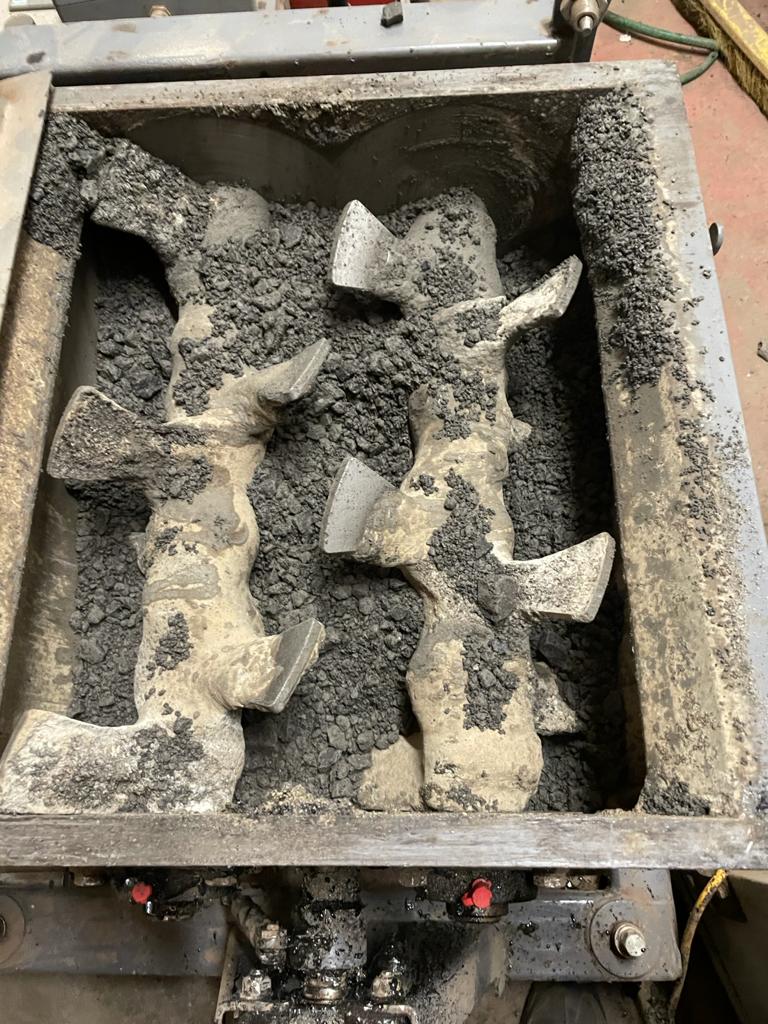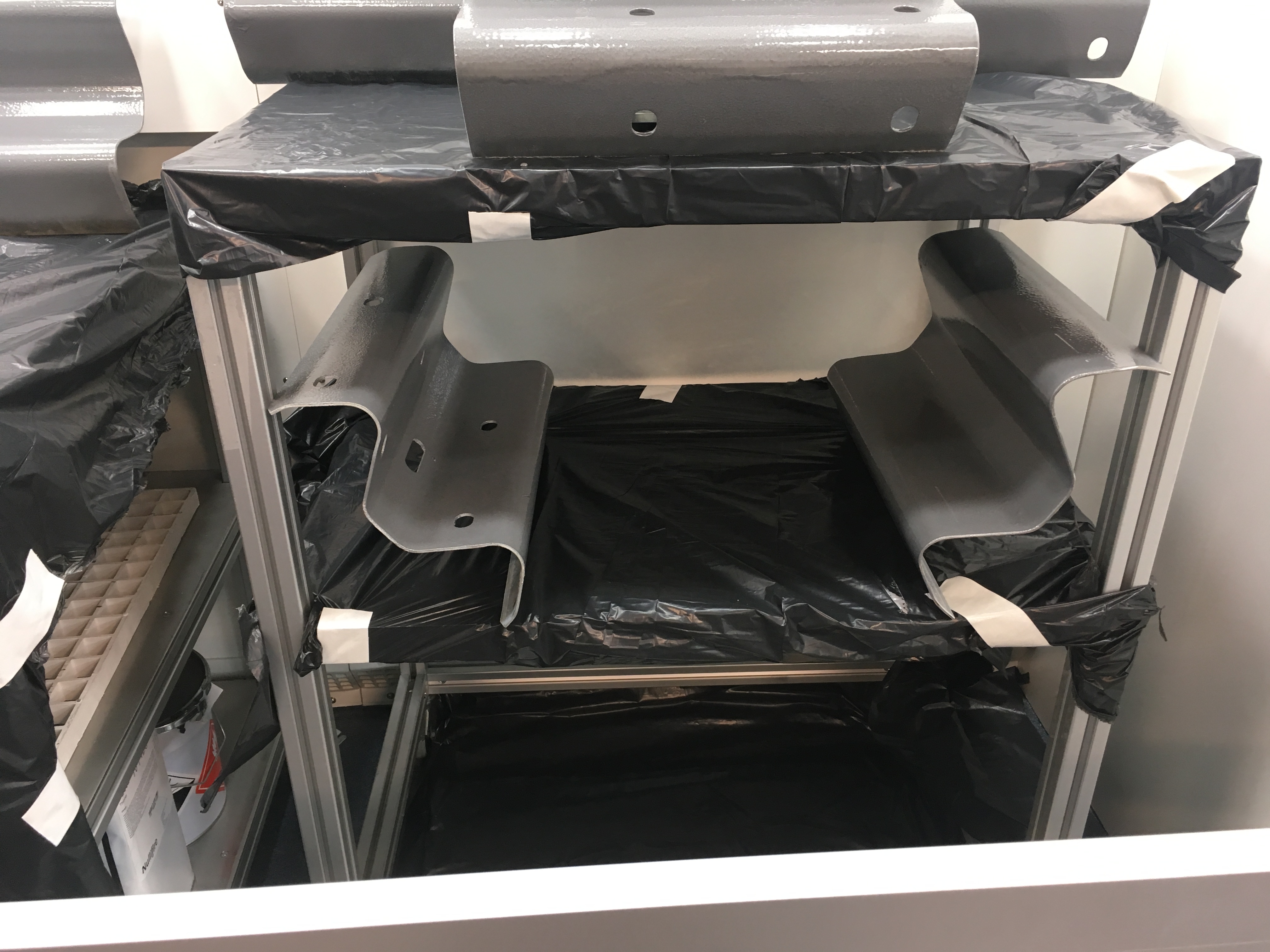Using graphene to improve roads
Published
28 Jun 2021

Share this article
In Yorkshire and the North-East we’re looking to the future. We want to improve the way that we maintain our roads, to make them better for drivers. We’re also looking at how we can improve the materials we use. From white lines and barriers to the materials we use for the road surface itself. We want these materials to better withstand the weather, last longer, to keep your journeys smooth and reliable.
That’s why we’re working in partnership with the Graphene Engineering Innovation Centre (GEIC) at The University of Manchester and Pavement Testing Services (PTS). We think graphene is a fantastic material and it’s already used in a whole range of different products. The GEIC is working with us to look at four different areas where graphene could be used for roads.
Improving recycled road materials
The GEIC is investigating whether graphene can be put into bitumen when resurfacing roads. We already use an innovative technique for resurfacing, where we employ a specialist machine to break-up the existing road surface. It then mixes the old surface with bitumen and additives to produce the new road surface. The GEIC is trialling whether adding graphene will improve the life of the new road surface. If trials are successful, and we’re able to use it, it’ll be a world first!
Strengthening asphalt
The GEIC is testing whether graphene can be used in asphalt. This is the stuff that’s used for the top surface of a road, sometimes called tarmac.
Ultraviolet radiation from the sun damages the asphalt, making it brittle. The road surface then cracks, creating potholes and eventually the road has to be resurfaced. We’re hoping that graphene will make the asphalt stronger and less likely to be affected by sunlight. In turn, this will mean we need to repair the road much less often, so road and lane closures will be less frequent too.

Mixing graphene into road surface materials
Protecting vehicle restraint systems
We have over 7,500 miles of safety barrier around the country and most of these are made of steel. To keep these barriers in good condition we’re looking at whether graphene can be used as a protective coating. This would help the barriers to last longer.

Testing graphene as a coating for vehicle restraint barriers
Helping road markings to last longer
Most of the road markings on our motorways and major A-roads have to be replaced every two to four years. That’s because they wear down and they become less reflective over time. The road surface itself, however, lasts much longer and reapplying road markings can actually damage the road surface, which is something we want to avoid.
The GEIC is looking at whether graphene can make the white lines last longer. Ideally as long as the road surface itself. Achieving this would mean less disruption for drivers. It would also reduce the number of times our roadworkers would need to be out on or near our roads.
The research we’re carrying out in partnership with the GEIC is a great example of innovation. To find out more about our approach to innovation, visit our innovation and research pages.
